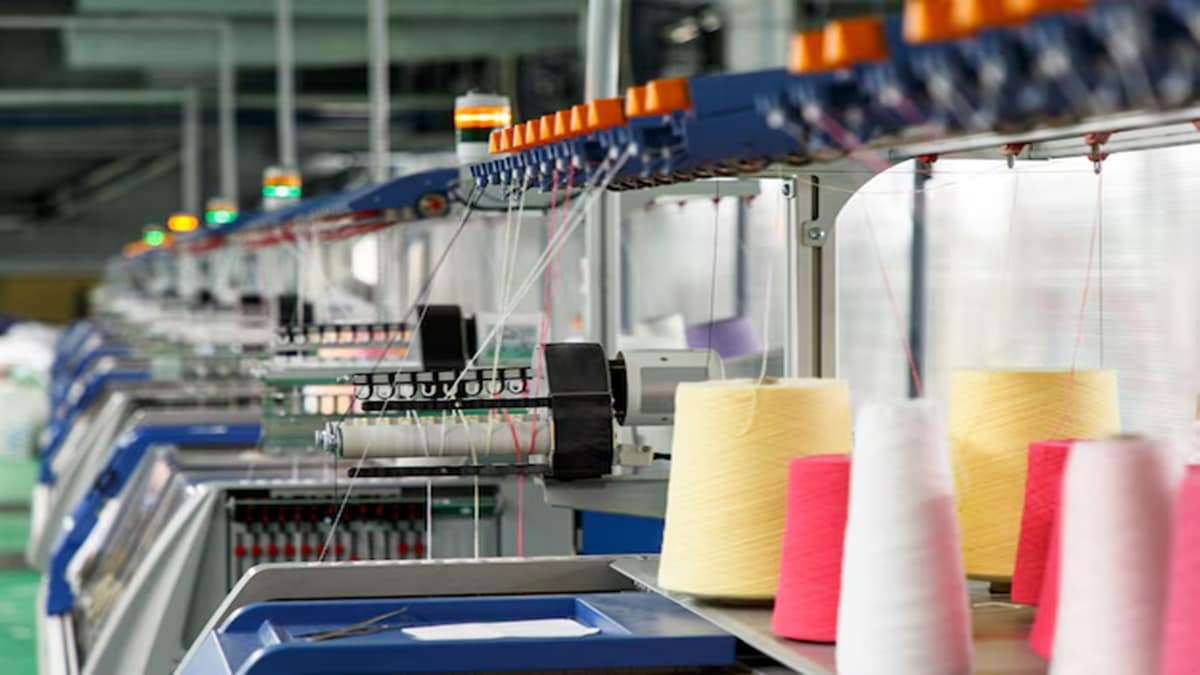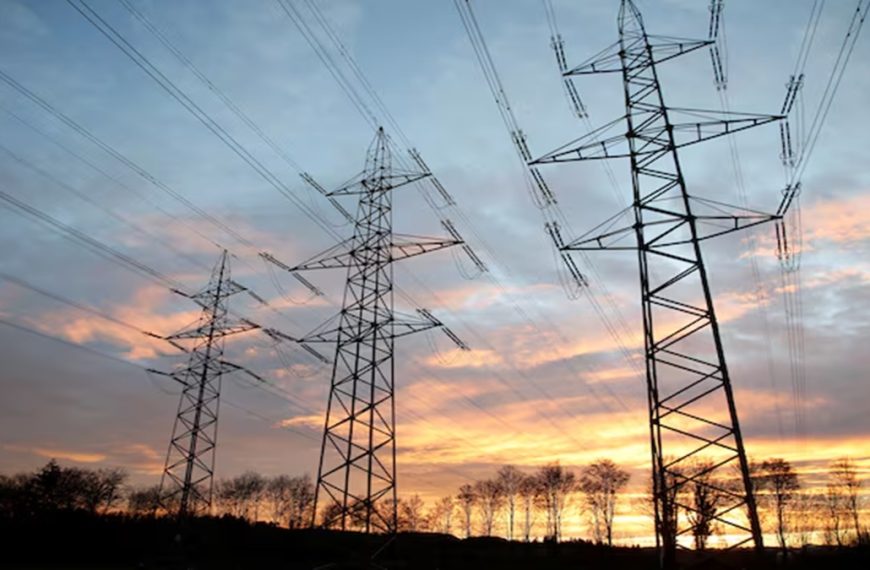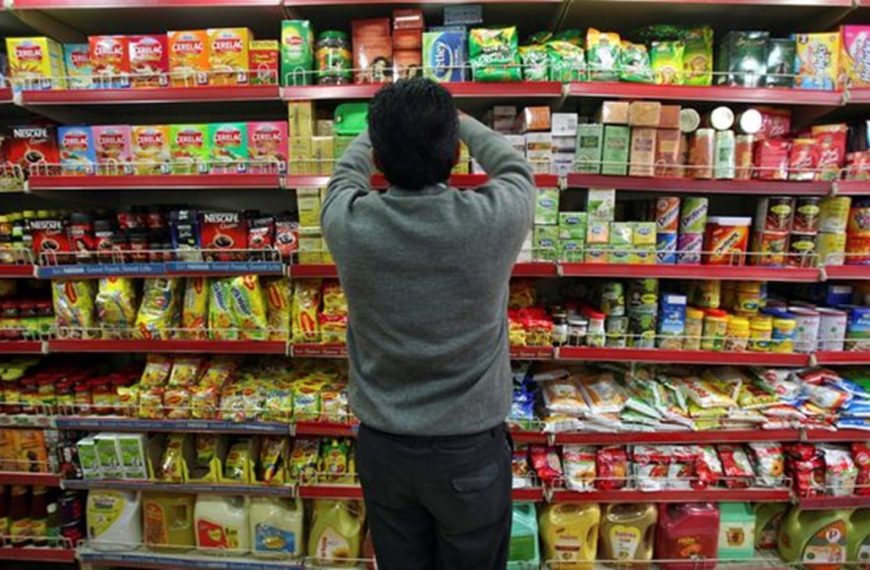The landscape of trade between the United States and India is undergoing a significant shift as the US prepares to implement reciprocal tariffs on imports starting April 2. In light of this development, India’s textile and apparel sector is advocating for a “zero for zero” tariff agreement with the US, particularly emphasizing the need to protect certain strategic products.
Opportunity Amidst Tariff Changes
The recent announcement of tariff changes by US President Donald Trump has been interpreted as a potential boon for India’s textile industry. The Confederation of Indian Textile Industry (CITI) believes that this scenario presents a unique chance to enhance exports to the US market. CITI Secretary General Chandrima Chatterjee expressed optimism, stating, "With the evolving trade dynamics, we see a promising future as the US seeks new partnerships."
- Key Considerations:
- The proposal for a duty-free exchange of textile and apparel goods has been officially presented to the Indian government during stakeholder discussions.
- Current tariffs imposed by the US on Indian apparel range from 2.5% to 7.4%, whereas India’s tariffs vary between 5% and 12% based on pricing, according to the Apparel Export Promotion Council (AEPC).
Market Potential for Indian Exports
CITI has emphasized that India stands at a pivotal moment to enhance its presence in the US market, especially as US tariffs on major competitors like China, Mexico, and Canada have increased. With lowered tariffs, projections indicate that India’s textile and apparel exports could grow to $16 billion within three years, up from $10.8 billion in 2024.
- Current Market Share:
- India holds only 6% of the US apparel import market. A growth of just 4% could equate to a lucrative opportunity worth approximately ₹25,000 crore.
- As the third-largest supplier of textile and apparel to the US, India currently accounts for 10.8% of the total $118.4 billion imported by the US.
Comparative Trends in Imports
While China remains the leading supplier with a 25.6% share, its exports to the US have seen a decline of 9.4% CAGR over the last five years, in contrast to India’s impressive growth rate of 9.1% during the same timeframe. CITI highlights this as an advantageous moment for India to solidify its market position in the US.
In 2024, US imports from India were valued at around $10.8 billion, while US exports to India were a mere $0.41 billion. India primarily imports fiber products from the US, with cotton constituting over 50% of these imports.
Strategic Advantages in Cotton Supply
This year, India is facing challenges with cotton availability due to crop failures, leading to shortages in mills. K. Venkatachalam, Chief Advisor of the Tamil Nadu Spinning Mills Association, noted that this tariff situation could be leveraged to benefit India.
- Competitive Edge:
- With China imposing retaliatory duties on US cotton, India is in a favorable position. Although India currently applies an 11% duty on cotton, it offers a reduced 5.5% rate for imports from select African countries due to trade agreements. CITI suggests extending similar benefits to the US in exchange for preferential treatment for Indian apparel.
The Importance of the US Market
The US remains the largest apparel importing nation globally, with a strong preference for sourcing from Asia. For India, the US is a crucial market, representing about 35% of its apparel exports. In 2024, Indian apparel exports to the US amounted to $5.2 billion, reflecting an 11.2% increase over 2023, as reported by Mithileshwar Thakur, secretary general of AEPC.
Sustaining Growth in Emerging Sectors
While the Indian textile industry is focusing on major contributors to its export portfolio, it is essential not to overlook sectors like manmade fibers, where India is gaining traction as a supplier. The AEPC has identified products exceeding $100 million in exports to the US and those included in the Production Linked Incentive (PLI) scheme as strategic priorities in negotiations.
Between January and December 2024, the US imported $79.26 billion worth of apparel, with China leading at 21%, followed closely by Vietnam at 19%, Bangladesh at 9.3%, and India at 5.9%. This data underscores the competitive yet promising landscape for Indian textile exports as the government navigates these impending tariff changes.











